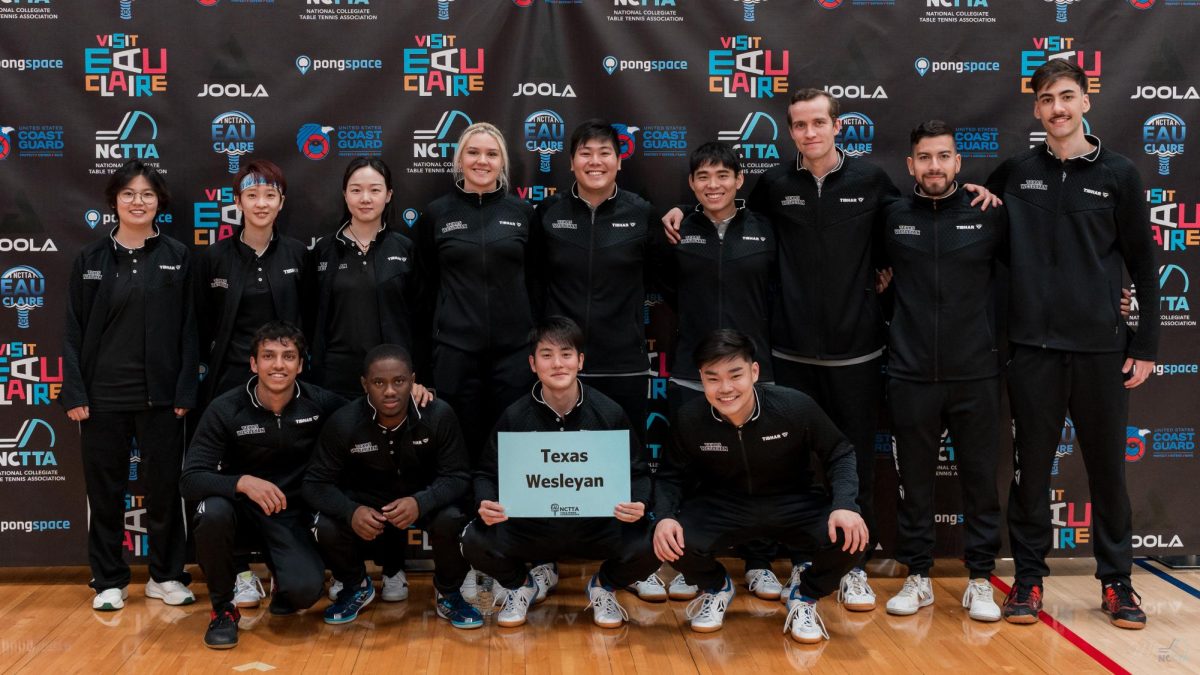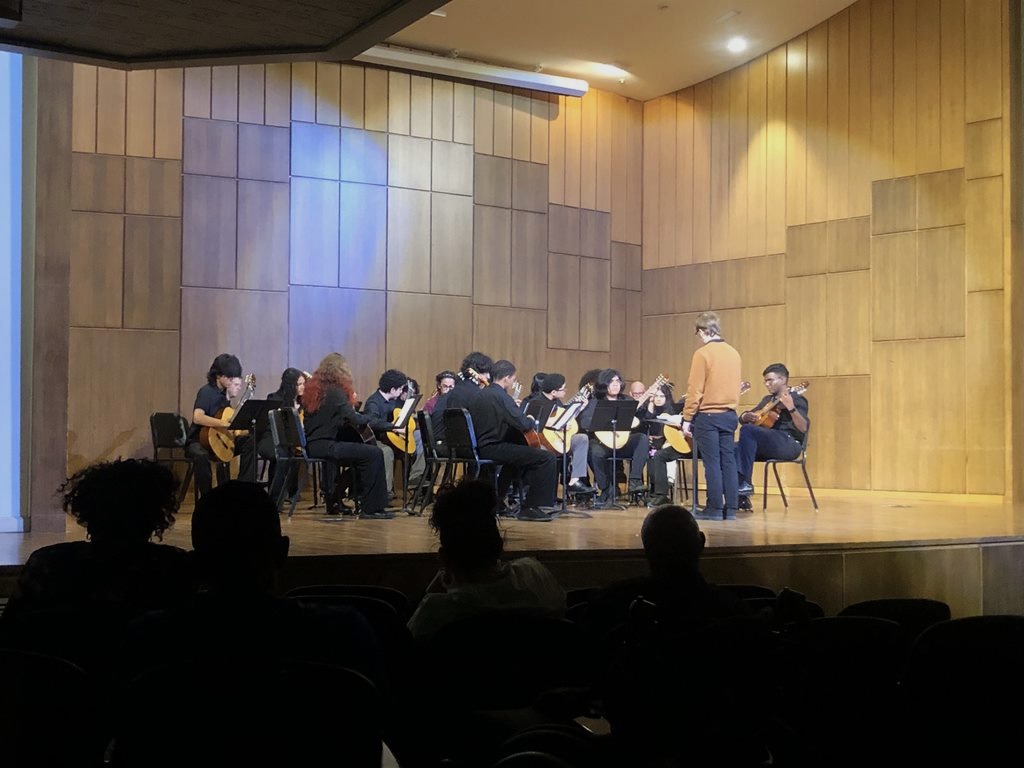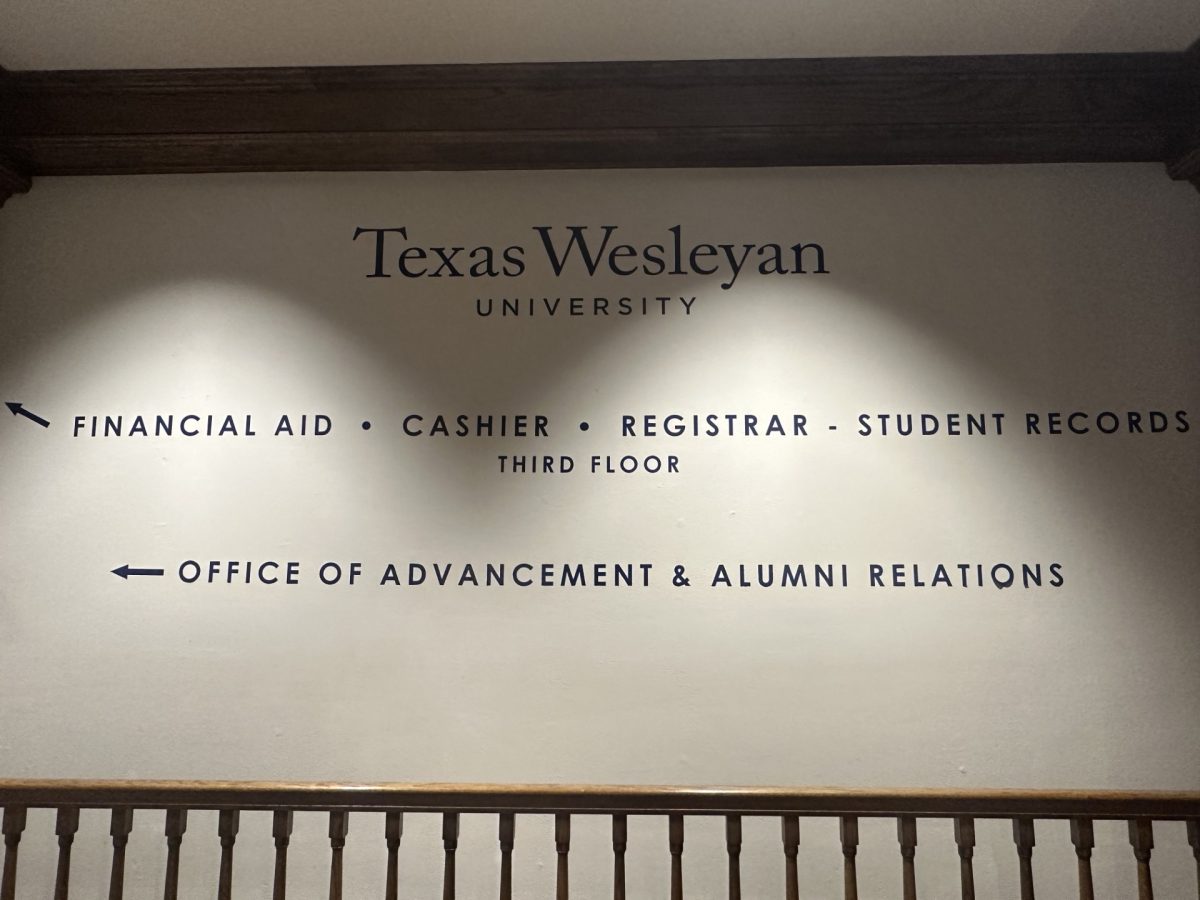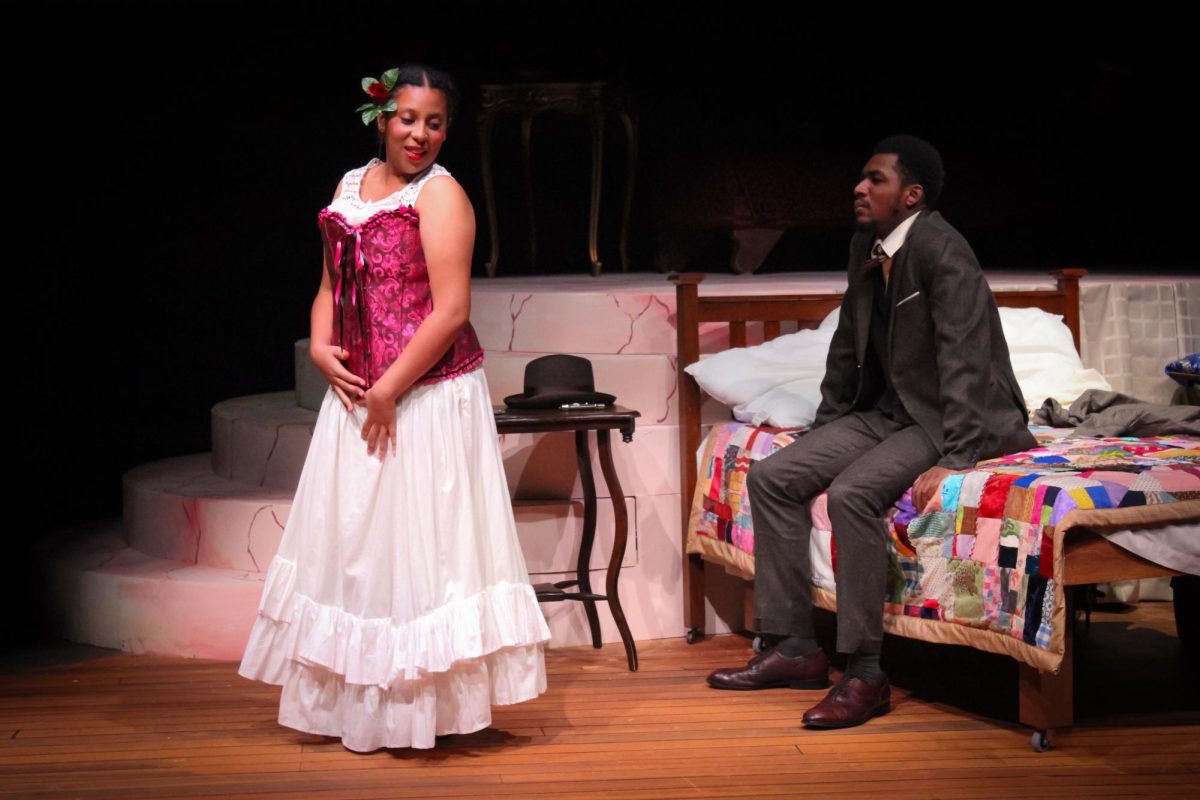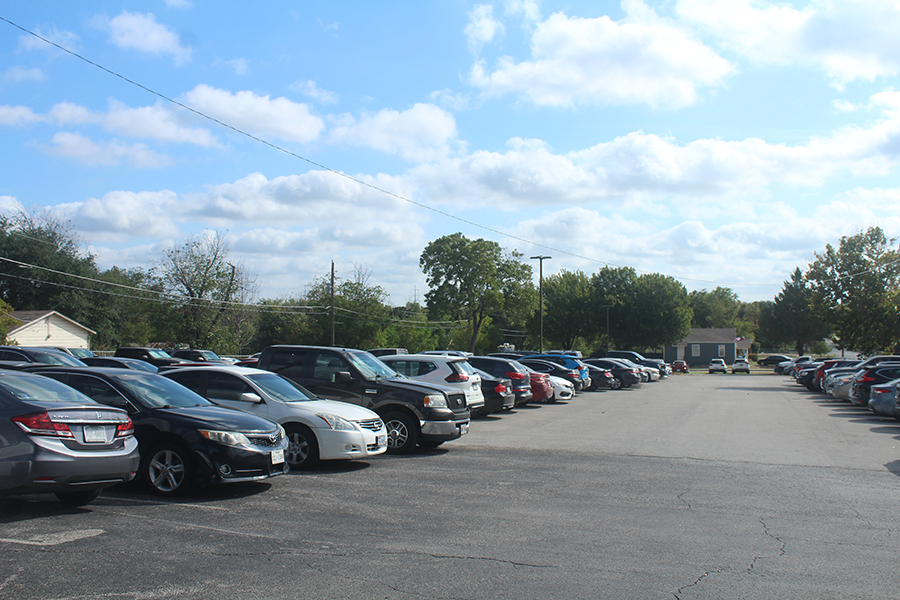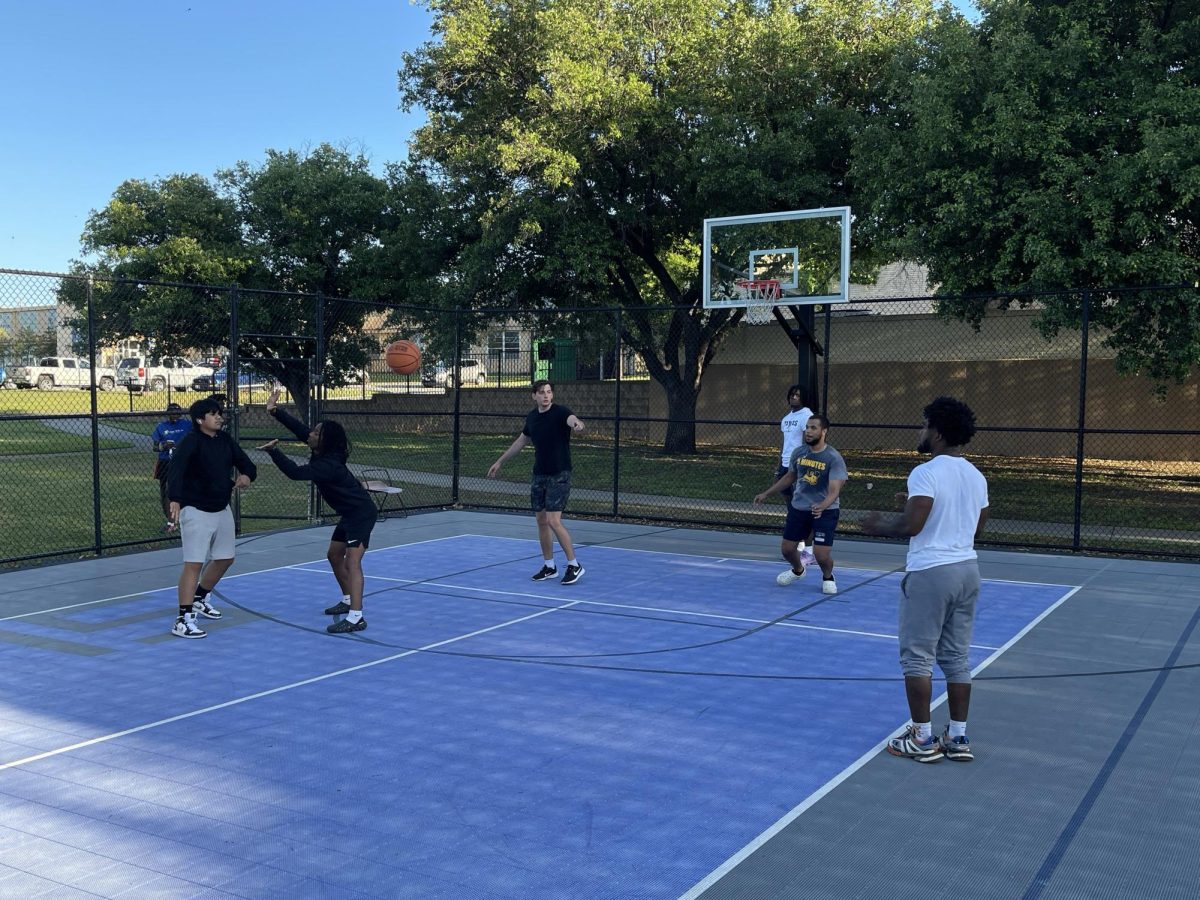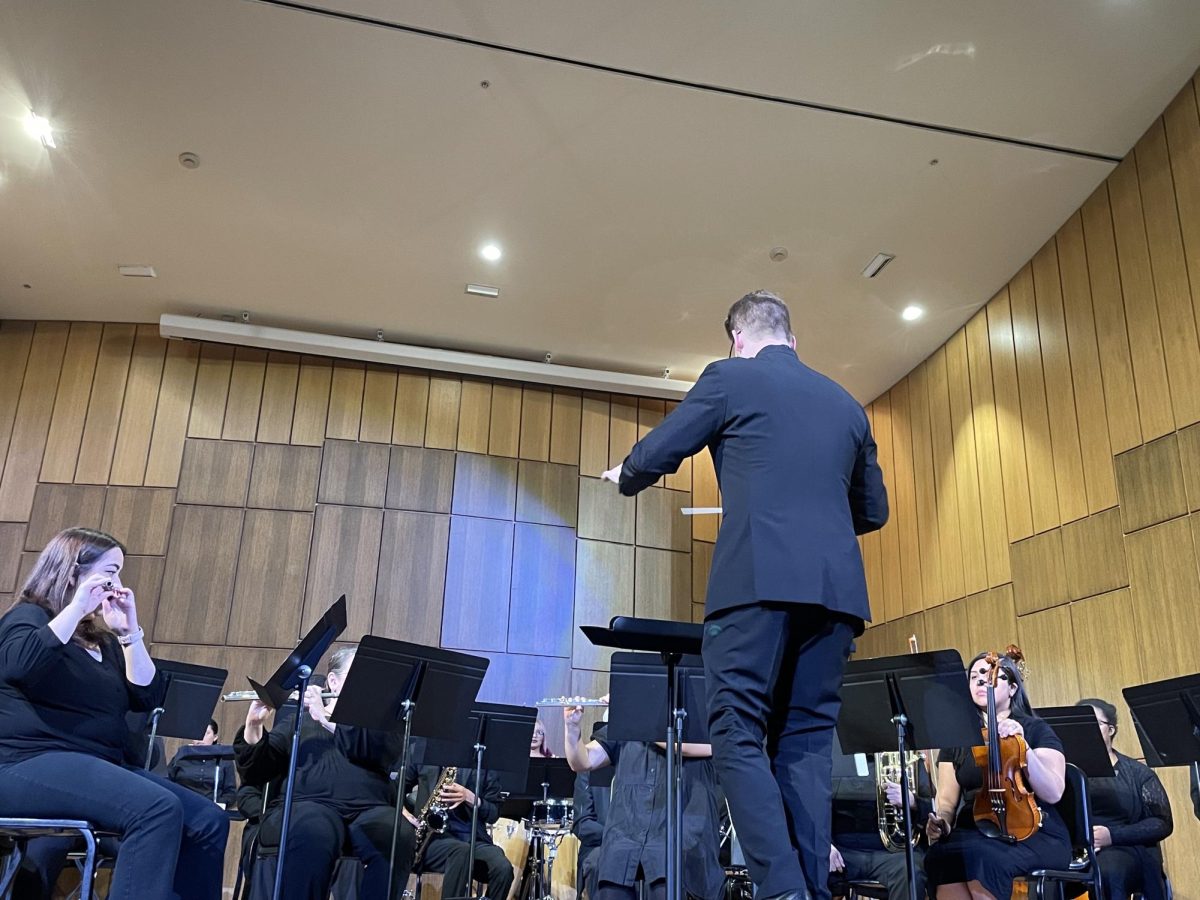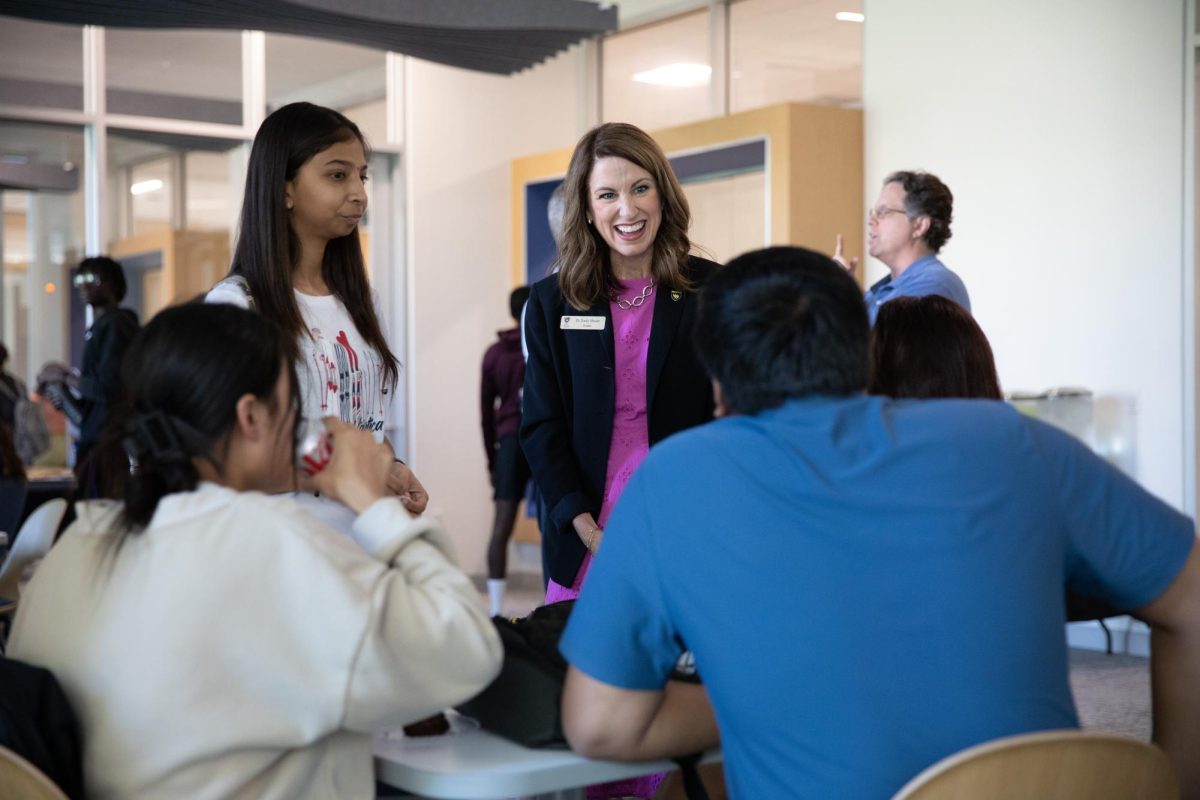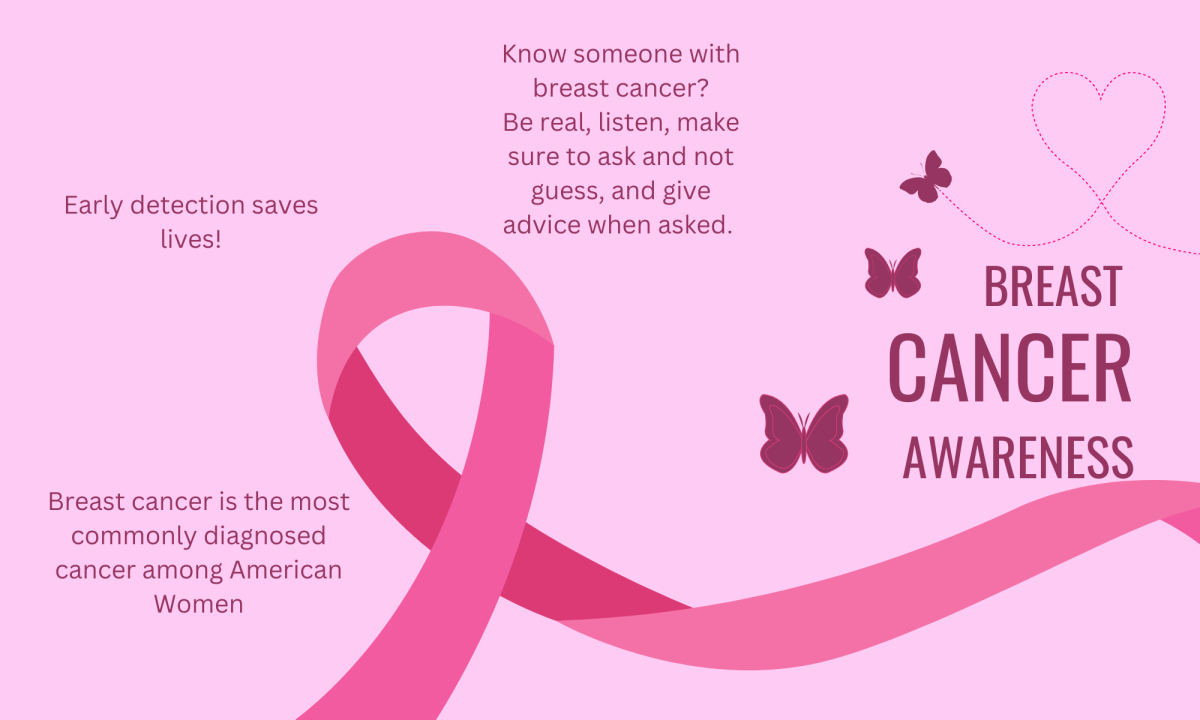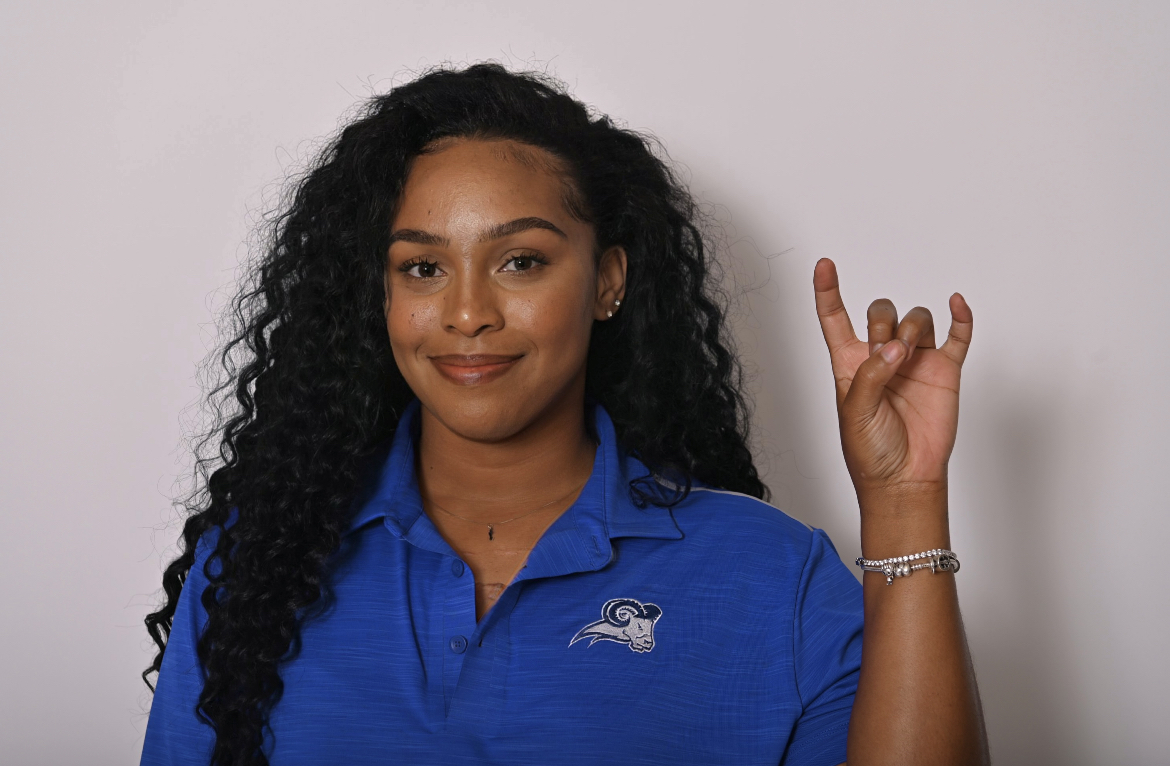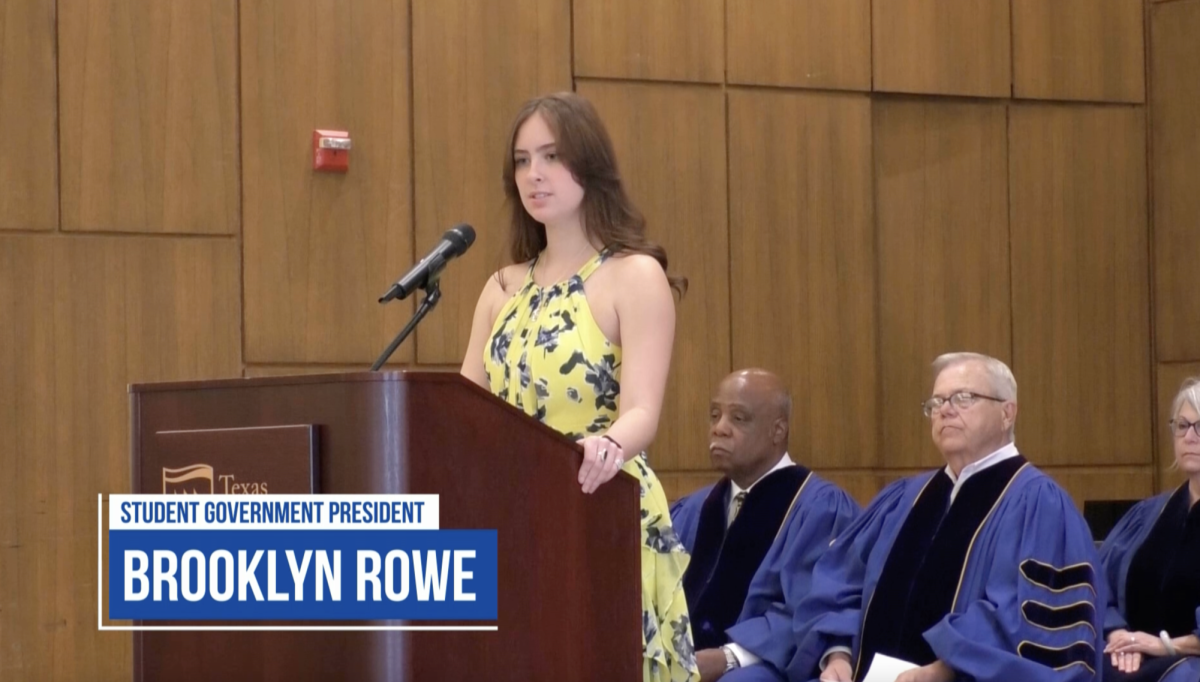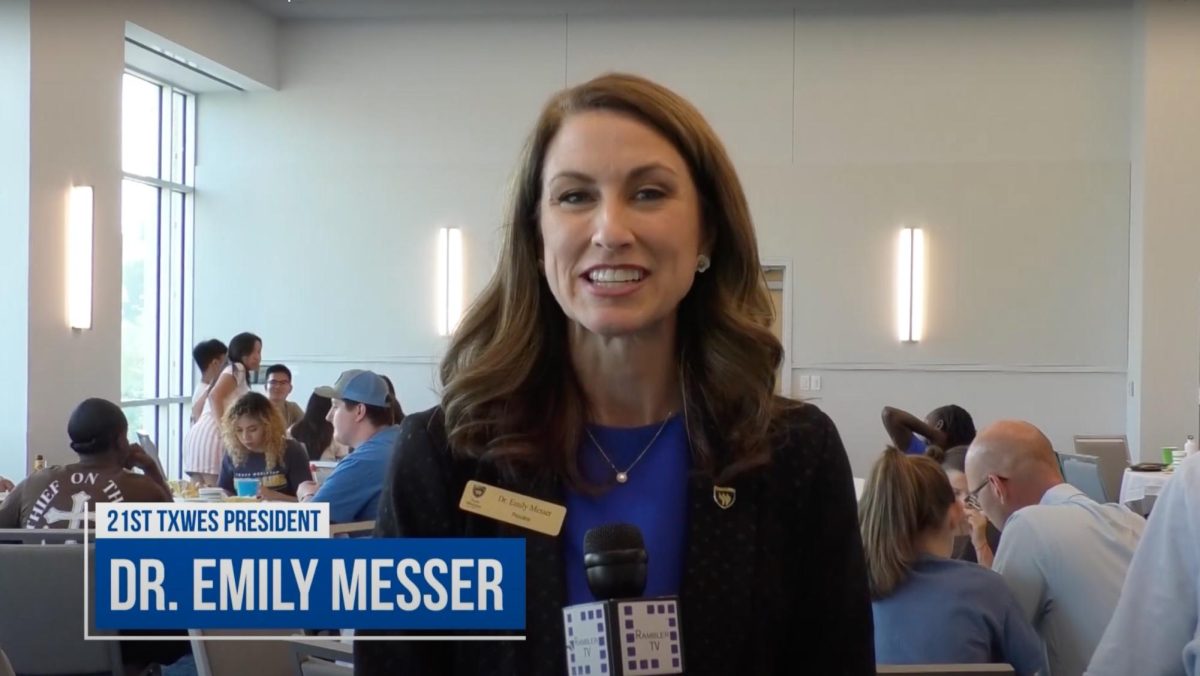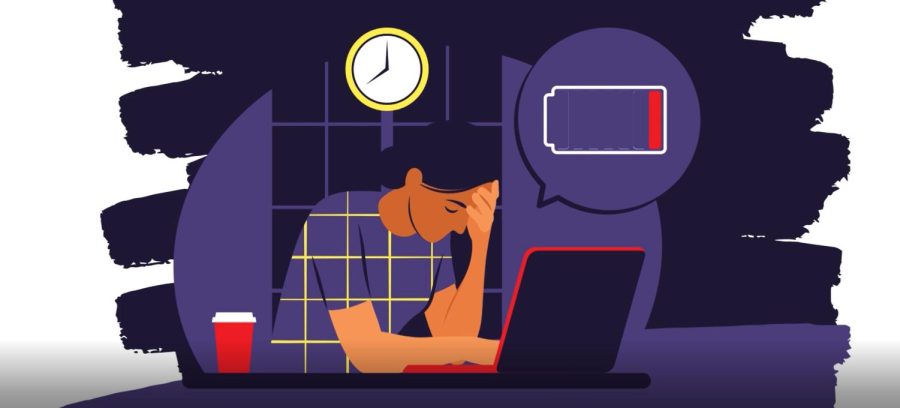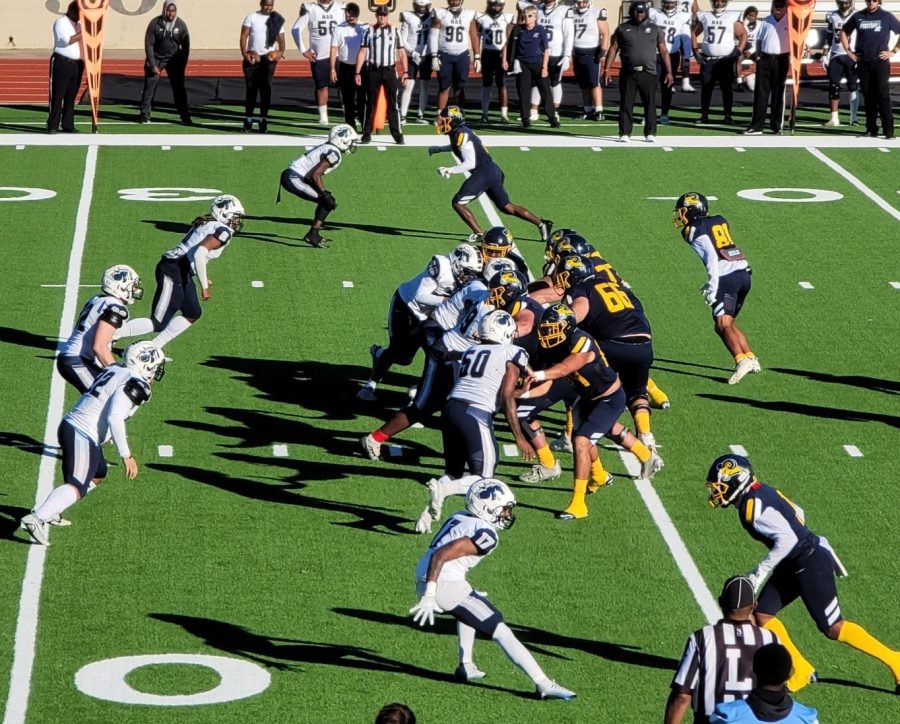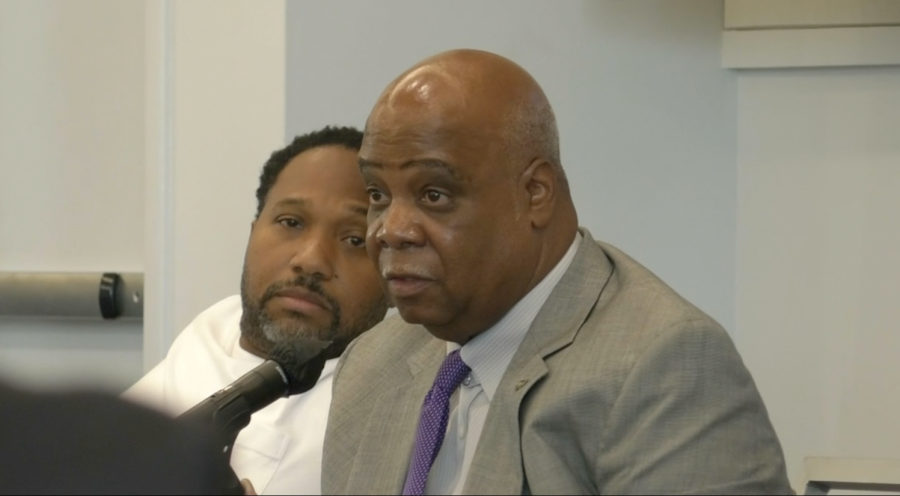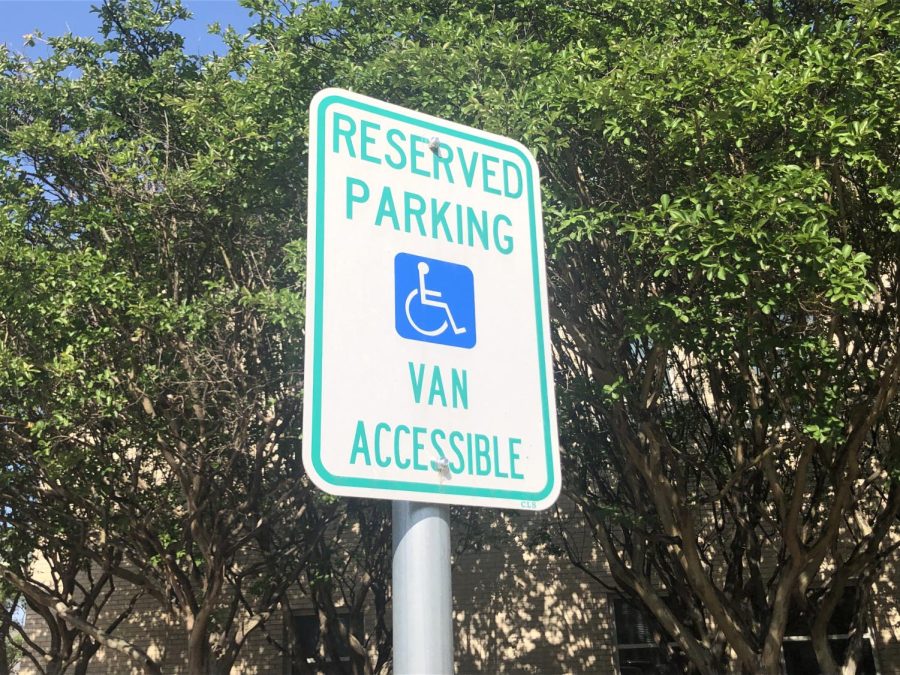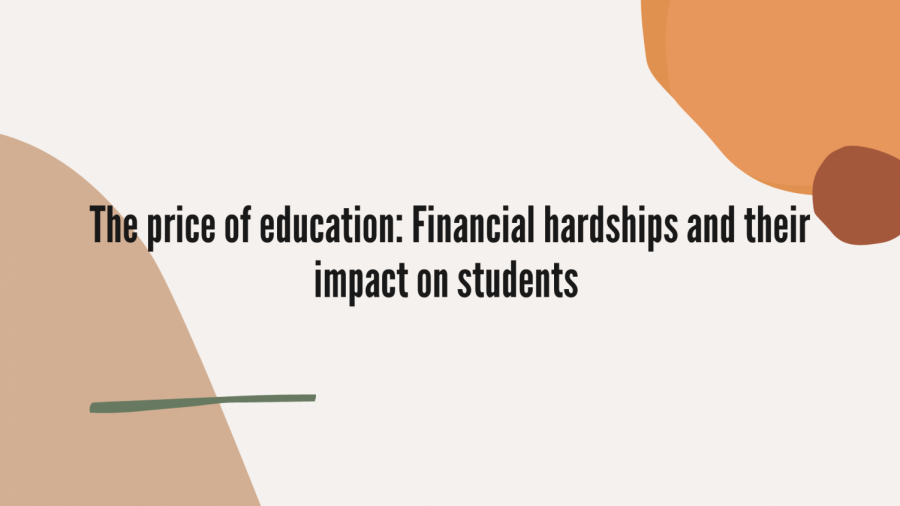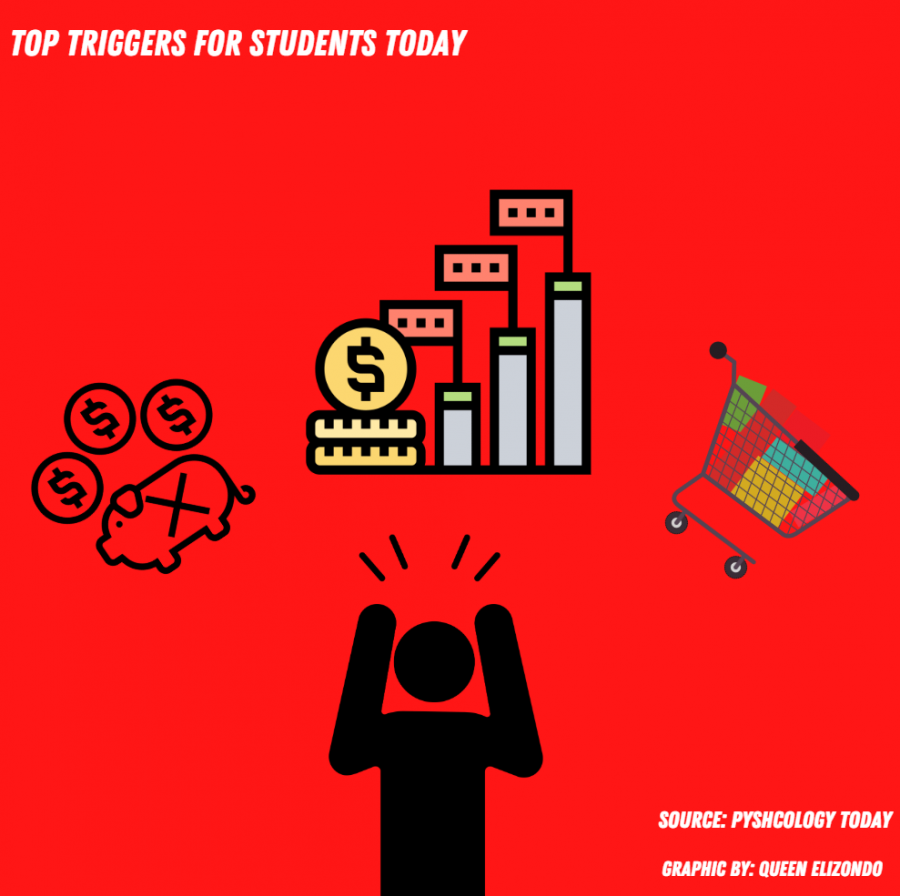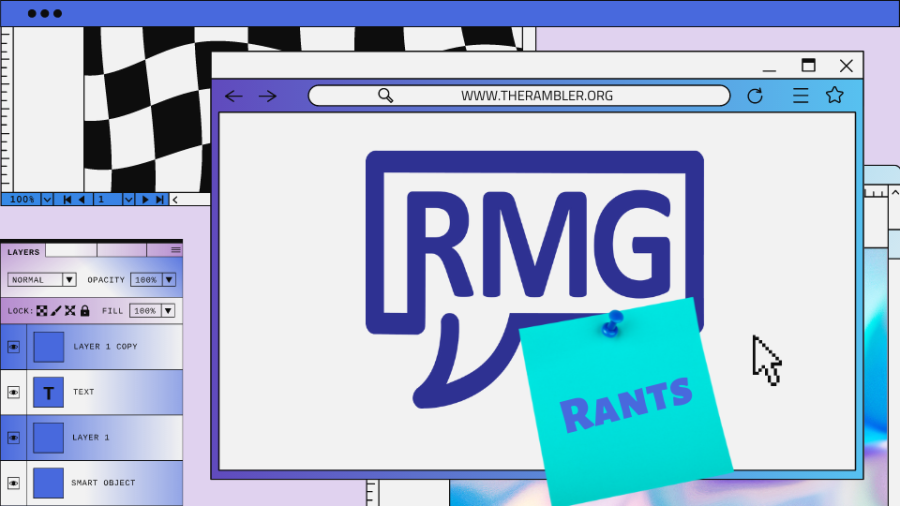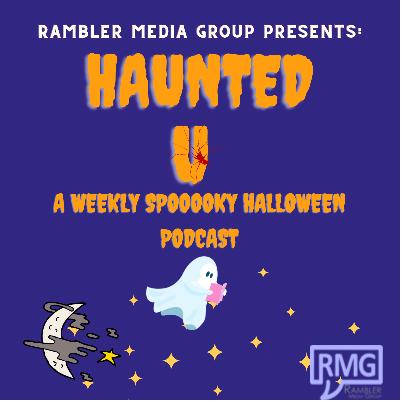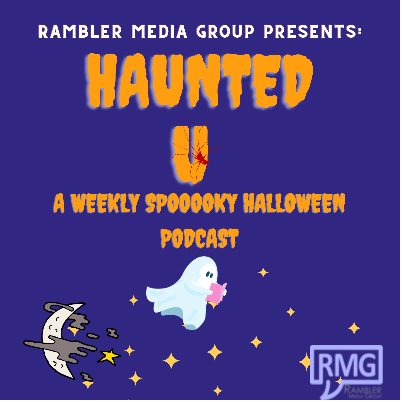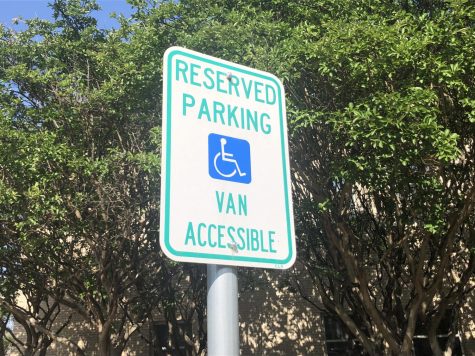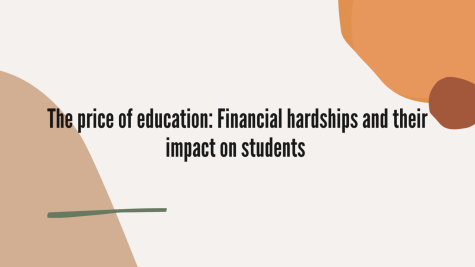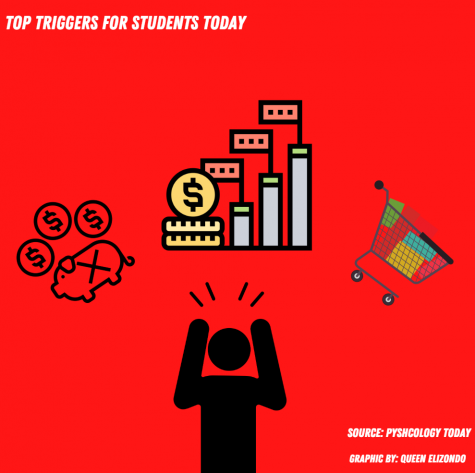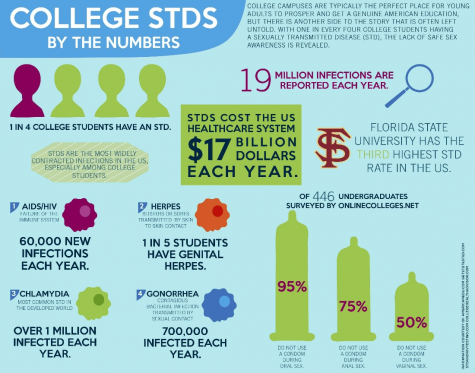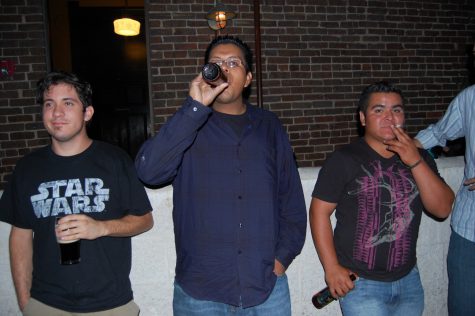Crash & Burn: The Ongoing Battle With College Burnout
“I can’t do this anymore, I’m dead inside,” quoted Caroline Frey, Academic advisor at Texas Wesleyan University when discussing burnout and how her students have felt during the semester.
Mayo Clinic describes burnout as, “a state of physical or emotional exhaustion that also involves a sense of reduced accomplishment and loss of personal identity.” Symptoms include fatigue, exorbitant stress, anger, irritability, and vulnerability to illness, amongst others.
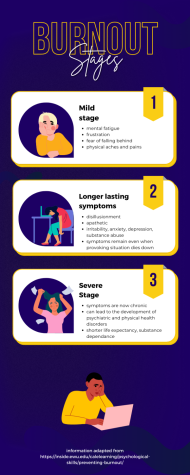
Throughout the semester, students approach Frey for advice when struggling with managing their time academically and need to find solutions whether that be switching or dropping classes, or changing up their schedule for the next semester.
The advisors in the advising centre help students manage their schedule and tackle academic stress.
Assistant dean of students Dr. Jill Gerloff who has been working in higher education for 16 years notes that she has seen the worst student burnout in her entire career, this year. “Not only were students burned out, but staff and faculty were burned out,” said Gerloff, a resource on campus for students, who also finds herself in back-to-back meetings with students, staff and faculty.
As a trend Gerloff observes burnout in students around midterms and then later again around finals. In addition, April tends to be the month with the highest burnout spike amongst students.
What Causes Burnout?
Experts at Mayo Clinic suggest that burnout can be caused by a variety of things including, lack of control or resources, work-life imbalance, isolation, unclear expectations or instability and extremes of activity that are either too monotonous or chaotic. When people are stressed, overworked and don’t feel supported, it is possible for them to succumb to burnout.
Nonetheless, coming out of a long period of isolation due to the pandemic, has made it difficult for some students to re-adjust to campus life.
“We should really be prepared to address the emotional nature of re-entry as we work towards supporting the well-being of our students and our colleagues, and ourselves. I don’t think we should expect business as usual,” said Kim Hirabayashi, professor of Clinical education, University of Southern California’s Rossier School of Education in Burnout symptoms increasing among college students.
In an article by The Ohio State University Wexner Medical Center, Bernadette Melnyk, Chief wellness officer and Dean of the College of Nursing at Ohio State said, “In August 2020, the first time we did the survey, student burnout was at 40%. In April 2021, it was 71%.”
Not only was coming out of the Covid-19 era hard, but some students are still burdened by the psychological distress they experienced amid the pandemic.
“Being online was the worst experience I’ve ever had,” said Dylan Alam, senior athletic training student.
Alam said, “every semester after my freshman year there’s always that [feeling] like I want to drop out.” He pushed through because of his goals and educational obligations but has struggled to prioritize his personal life. every semester after my freshman year there’s always that [feeling] like I want to drop out. — Dylan Alam, senior athletic training student
“It’s hard to have a self-care routine or keep up a self-care routine week-to-week just due to the amount of stuff that gets thrown at us,” said Alam.
Managing Burnouts
Junior marketing major Savanna Smith has had a different experience in college and has so far been able to manage her stress and find her work-life balance.
“I try not to let it consume me and show up in my grades or show up on the court,” said Smith.
Smith deals with her overwhelming schedule by prioritizing what is most important and needs to get done. She operates on a reward system to keep herself motivated.
Smith said, “even if I break down every now and then, it’s not the worst.”
She is also a college athlete and member of the Texas Wesleyan women’s basketball team. As a result, she experiences stress on her body as well. To take care of her body she gets massages, takes ice baths and does her best to get a good amount of sleep.
Smith said, “I try not to be up all night working on homework.”
Students share their experiences with college burnout and how they have coped over the years. Podcast by Ariadna Garza“Remember why you are powering through all of this,” said Frey when offering advice to students. She said it is helpful to have a “bigger picture purpose” to guide them and help them stay motivated.
Resources are available on campus to help Texas Wesleyan students deal with burnout or excessive stress. Students can reach out to the counselling or advising centres or download the TimelyCare application that offers 24/7 virtual medical and mental health care.
Resources:
Counselling Center: Address: 3110 E Rosedale St Fort Worth, TX 76105
Phone: 817-531-4859
Email: [email protected]
Hours: Monday – Thursday 9 a.m. – 8 p.m., Saturday 10 a.m. – 2 p.m.
Advising Center: EJW Library, Rm 123
Phone: 817-531-5824
Email: [email protected]
Hours: Monday – Friday 8 a.m. – 5 p.m.

Chiara Watson is an international student at Texas Wesleyan University, born and raised in Johannesburg South Africa. As Editor-in-Chief for the Rambler...

